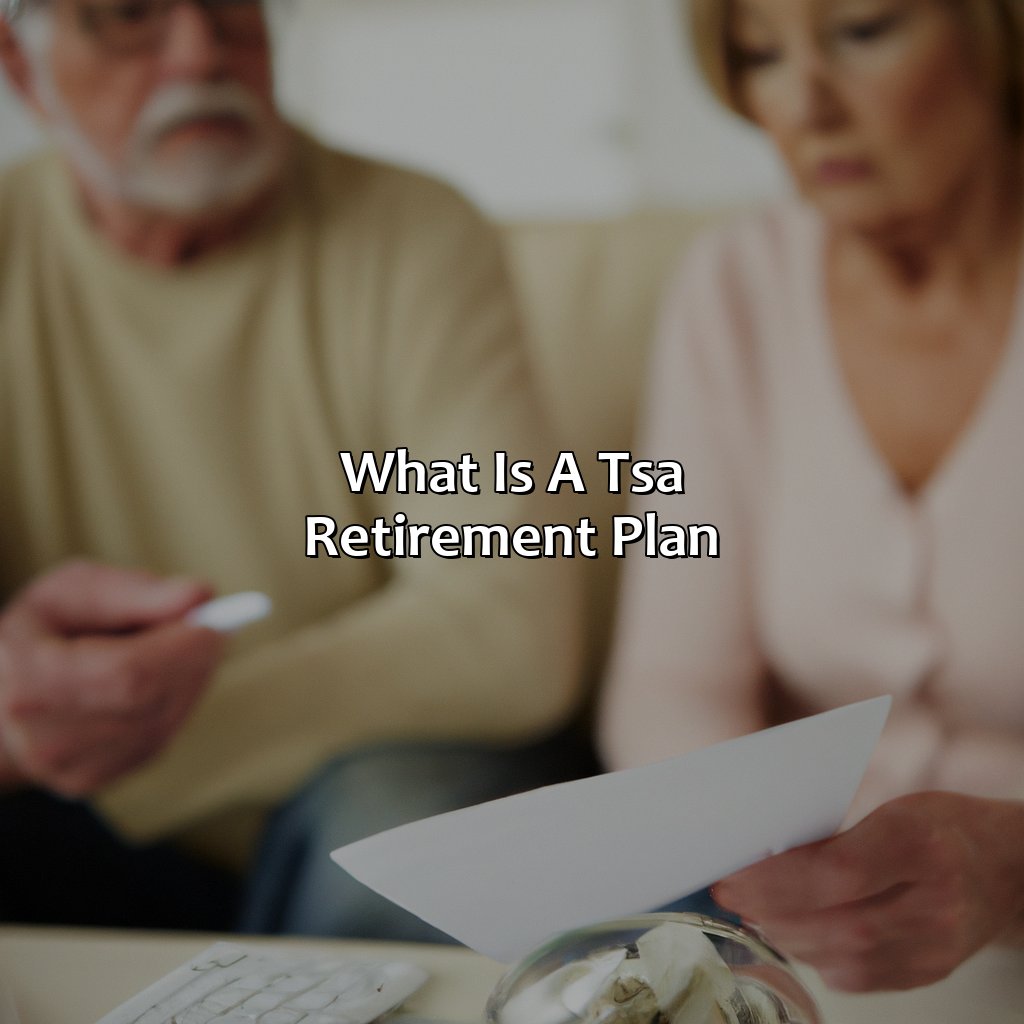What Is A Tsa Retirement Plan?
Key Takeaway:
- A TSA Retirement Plan is a type of retirement savings plan offered to employees of eligible tax-exempt organizations or public schools.
- These plans offer tax-deferred savings, matching contributions, and various investment options to help employees save for retirement.
- Eligibility for TSA Retirement Plans varies based on the type of retirement system the employee is enrolled in, but contribution limits and withdrawal rules apply to all plans.
Are you worried about your retirement security? The TSA Retirement Plan can help you plan for a secure financial future. You can explore the options and benefits of this plan to make sure you have the retirement you deserve.
What is a TSA Retirement Plan?
A TSA Retirement Plan refers to a qualified retirement plan available to public education and non-profit organization employees. It is a tax-advantaged savings plan that helps employees save and invest funds for retirement. This plan is similar to a 401(k) but has different contribution limits and withdrawal rules. Contributions are taken out of an employee’s paycheck before taxes and are invested in a variety of investment options.
Employees are allowed to contribute up to a certain dollar amount per year, according to IRS regulations, while employers may make contributions as well. One unique feature of this plan is that employees can make catch-up contributions once they reach age 50, allowing them to save even more money for retirement.
To maximize the benefits of a TSA Retirement Plan, it is important to contribute the maximum allowed amount and choose investments that align with long-term goals. It is also crucial to regularly review the account and adjust investments as needed. With proper planning and management, a TSA Retirement Plan can provide a secure retirement for those in the public education and non-profit sectors.

Image credits: retiregenz.com by Harry Woodhock
Definition and Explanation
A TSA retirement plan is a tax-deferred savings plan for employees in non-profit organizations and government agencies. These plans are also known as 403(b) plans. Contributions into these plans are taken from the employee’s paycheck before taxes, allowing the money to grow and compound tax-free until withdrawal. The plans have various investment options, and employees may choose to contribute a percentage of their salary. Employers may also contribute to the employee’s account up to certain limits.
TSA retirement plans follow similar rules to 401(k) plans, but with slight differences specific to non-profit and government employees. The plans have contribution limits and the ability to catch-up contributions for older employees. Employees may withdraw from their accounts after age 59 and a half, or when they retire, and are then taxed on the withdrawals. There are penalties for early withdrawals before those ages apply.
One unique feature of a TSA retirement plan is the availability of the Roth option. Roth contributions are made with after-tax dollars, so withdrawals are tax-free in retirement. This feature is advantageous for employees who believe they will be in a higher tax bracket during retirement.
To maximize benefits, employees should take advantage of employer contributions and contribute as much as possible to the plan. They should also revisit their investment options every few years and make changes as needed.
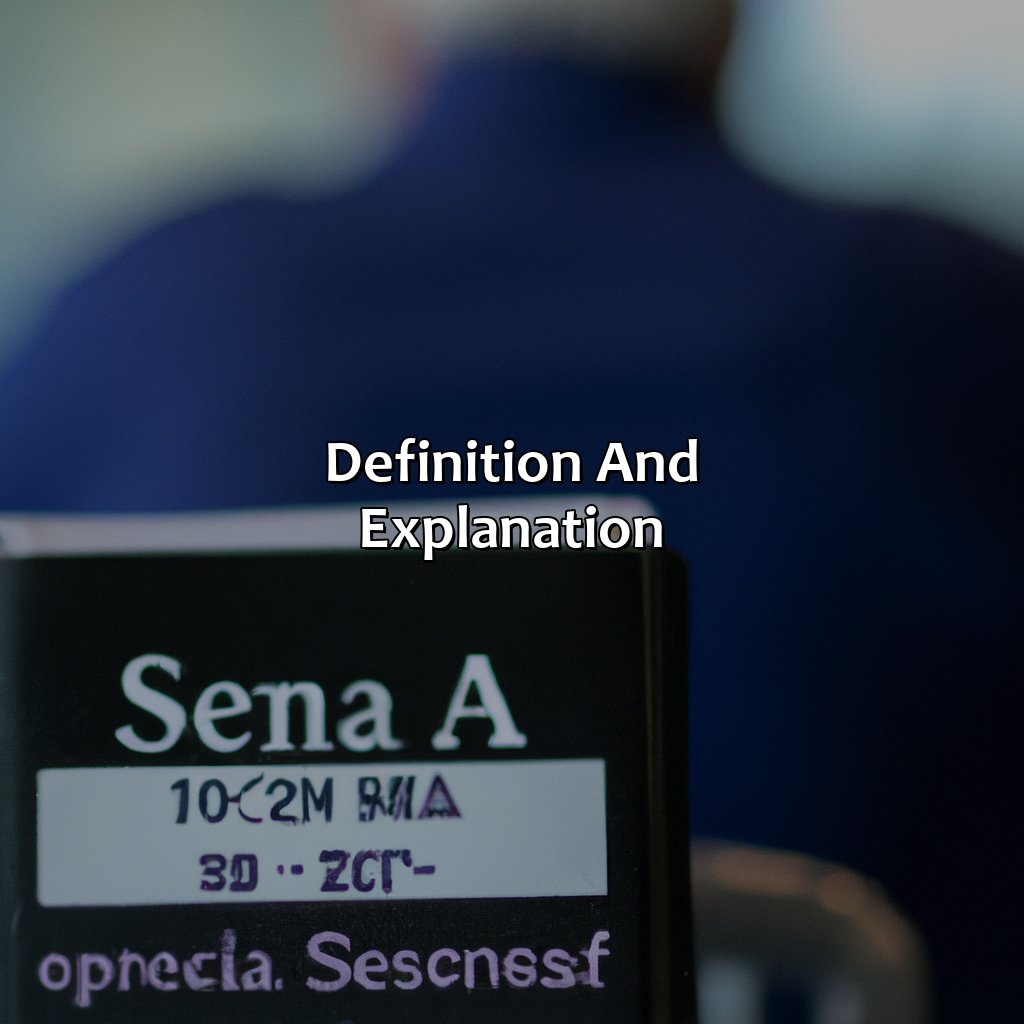
Image credits: retiregenz.com by David Washington
Eligibility
Are you eligible for a TSA retirement plan like FERS or CSRS? You need to meet certain criteria. In this section, we’ll go over the requirements to qualify for these two retirement plans, which federal employees can access. We’ll go over the features of each part so you can understand the eligibility requirements.

Image credits: retiregenz.com by Joel Arnold
Federal Employees Retirement System (FERS)
The retirement system for federal employees is a comprehensive program designed to provide financial security and support during retirement. This system is known as the FERS, and it includes various components such as pension, social security, and thrift savings plan. The FERS program covers employees hired after January 1, 1987.
The FERS provides eligible federal workers with a defined benefit plan based on years of service and salary. Additionally, it offers Social Security benefits and a Thrift Savings Plan (TSP) that allows employees to contribute to their retirement savings through payroll deductions. Employees who participate in the TSP receive a matching contribution from their agency.
It is worth noting that all new federal employees automatically enroll in the FERS system as part of their employment package. Moreover, current federal workers can select to switch from either CSRS or CSRS Offset plan to the new FERS system in specific conditions.
The benefit of enrolling in the FERS system was exemplified by Mary; she retired at age 62 under the FERS because of medical issues. If she had been under the old Civil Service Retirement System, known as CSRS, she would not have any social security benefits. However, since Mary had contributed to the Thrift Savings Plan under FERS, her total monthly income was enough to live a comfortable retirement life.
Why retire to the beach when you can retire with the CSRS and live off the waves of government benefits?
Civil Service Retirement System (CSRS)
The retirement plan designed by the federal government for civil service employees is a pension system known as CSRS. It is a long-standing benefit program that allows employees to receive regular income after retirement. The plan provides benefits based on the employee’s length of service and salary history, ensuring they have financial stability in their golden years.
Civil Service Retirement System offers unique benefits such as annuity options, survivor benefits, cost-of-living adjustments, and health insurance enrollment eligibility. The retirement calculation is complex, based on a high-3 salary formula and may vary depending on age at retirement, length of service and mandatory contributions. Overall, it is an appealing package for those who work within the purview of the federal government.
It is important to highlight that employees must be eligible for this program to enroll in it – new eligible employees automatically become members upon appointment. Hence it is beneficial to know if you are eligible for this while starting off your Federal career. Don’t miss out on this attractive pension scheme.
Retirement benefits are like a box of chocolates – you never know what you’re gonna get, but with a TSA plan, at least you have some control over the flavor.
Benefits
Want to plan your retirement? A TSA Retirement Plan offers two great benefits: Tax-Deferred Savings and Matching Contributions. Tax-Deferred Savings lets you save without taxes. Matching Contributions can boost your savings. Let’s dive deeper into the benefits of a TSA Retirement Plan.

Image credits: retiregenz.com by James Jones
Tax-Deferred Savings
One of the great benefits of a TSA retirement plan is the ability to make tax-deferred savings. This means that any contributions made to the plan are not taxed until withdrawn, allowing for more money to accumulate over time. By utilizing this option, participants also have the opportunity to lower their taxable income in the present.
In addition, a TSA retirement plan offers flexibility in terms of contribution limits and investment options. Participants can choose how much they want to contribute each year, up to certain IRS limits, and also have control over how their funds are invested. Moreover, participants have access to online tools and resources to help them manage their account easily.
It is noteworthy that when a participant reaches age 59 and a half years or retires from service altogether, they can withdraw money from the TSA account without penalty – although taxes will still be owed on those funds.
Airlines pilot Peter started contributing $5,000 annually towards his TSA retirement plan when he was age 30. He wanted a sense of financial security once he reaches his retirement age of 65 years. Today at age 55 years old now has over $400,000 in his TSA account which has accumulated interest due to tax-deferred savings feature in place.
Why settle for a life partner when you can have a retirement plan that matches your contributions?
Matching Contributions
A TSA Retirement Plan can offer Matching Contributions that enhance your retirement savings potential. Here are six points to note about Matching Contributions in a TSA plan:
- The employer voluntarily increases the employee’s retirement savings.
- Employers check for eligibility before making contributions.
- Matching contribution varies from company to company and can be up to 50% of the employee’s contributions.
- There are usually caps on matching contributions set by the employers themselves.
- These contributions also have vesting schedules attached that determine when they become fully owned by the employee, as they accumulate over time.
- Employees should contribute enough to ensure maxing out their contribution limits and taking advantage of these matching funds opportunities.
In addition, recent studies show that people who did not take advantage of Matching Contributions lost thousands of dollars in pension benefits. So, make sure you enrol and contribute appropriately to reap all the benefits a TSA Retirement Plan has to offer.
Why save for retirement when you can just live off of ramen and regret in your golden years? Oh, wait, contribution limits exist.
Contribution Limits
In a TSA Retirement Plan, Contribution Limits are the maximum amount that an employer or employee can contribute to the plan every year. Here are five essential points to know about Contribution Limits:
- The overall contribution limit for a TSA Retirement Plan is $58,000 in 2021. This includes both employer and employee contributions.
- Employees can contribute pre-tax dollars to a TSA Plan through salary deferral. The 2021 contribution limit for employees under age 50 is $19,500, and for those aged 50 or older, it’s $26,000.
- Employer contributions to a TSA Plan cannot exceed 25% of the employee’s compensation.
- Contribution limits can change every year, depending on inflation adjustments.
- Employers can choose to match employees’ contributions up to a certain percentage, but it is not mandatory.
It’s worth noting that if an employee participates in another employer-sponsored plan, such as a 401(k) or 403(b), the total contribution limit for both plans combined cannot exceed $58,000.
A unique feature of TSA Retirement Plans is that employees who have completed at least 15 years of service and are within three years of the company’s normal retirement age may be eligible for an additional $3,000 contribution limit per year.
According to a report by the Federal Retirement Thrift Investment Board, TSA Retirement Plans had over 5.9 million participants and held more than $326.5 billion in assets as of September 2021.
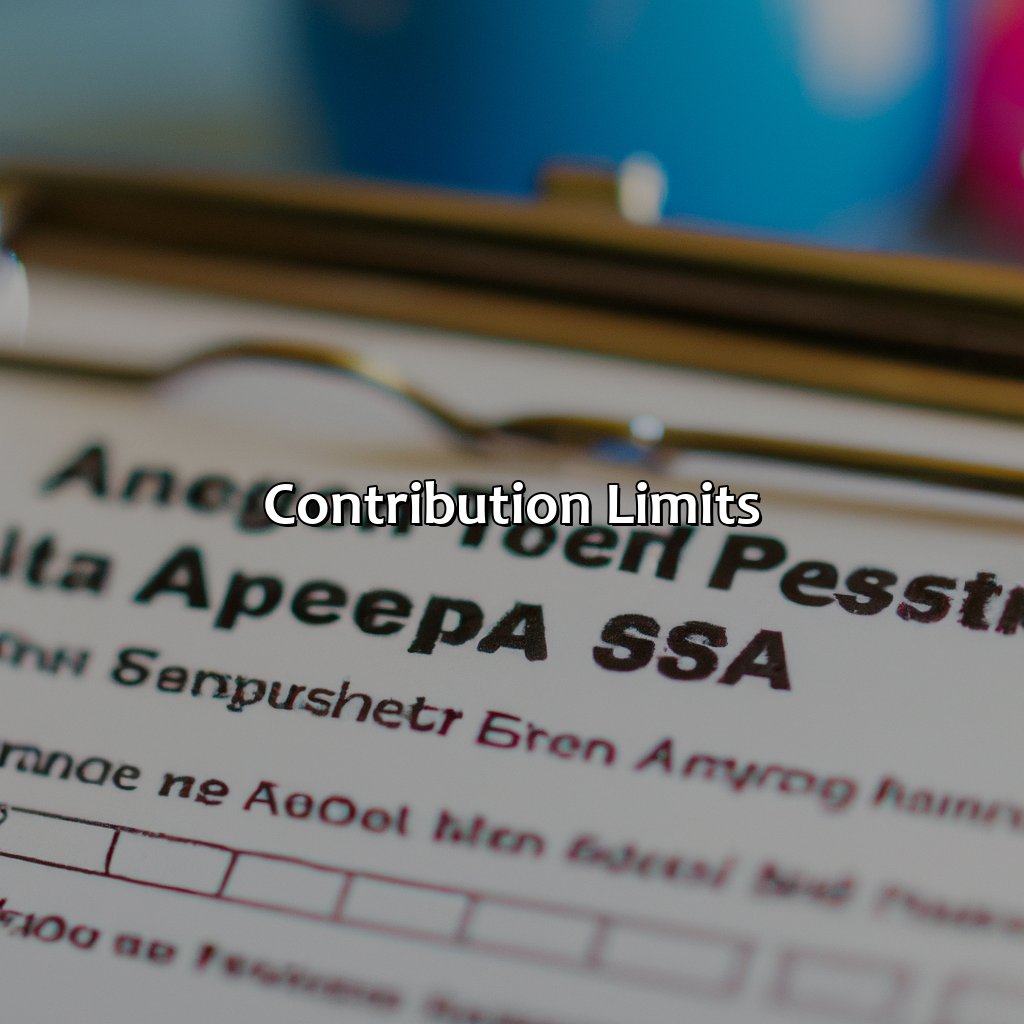
Image credits: retiregenz.com by Adam Arnold
Types of TSA Retirement Plans
Want to be ready for retirement? You need to know what TSA retirement plans are available to you. Check out “Types of TSA Retirement Plans” in the article “What is a TSA Retirement Plan?”. It explains the 401(k) Plan, 403(b) Plan, and 457 Plan. Get the lowdown on each plan’s features and advantages.
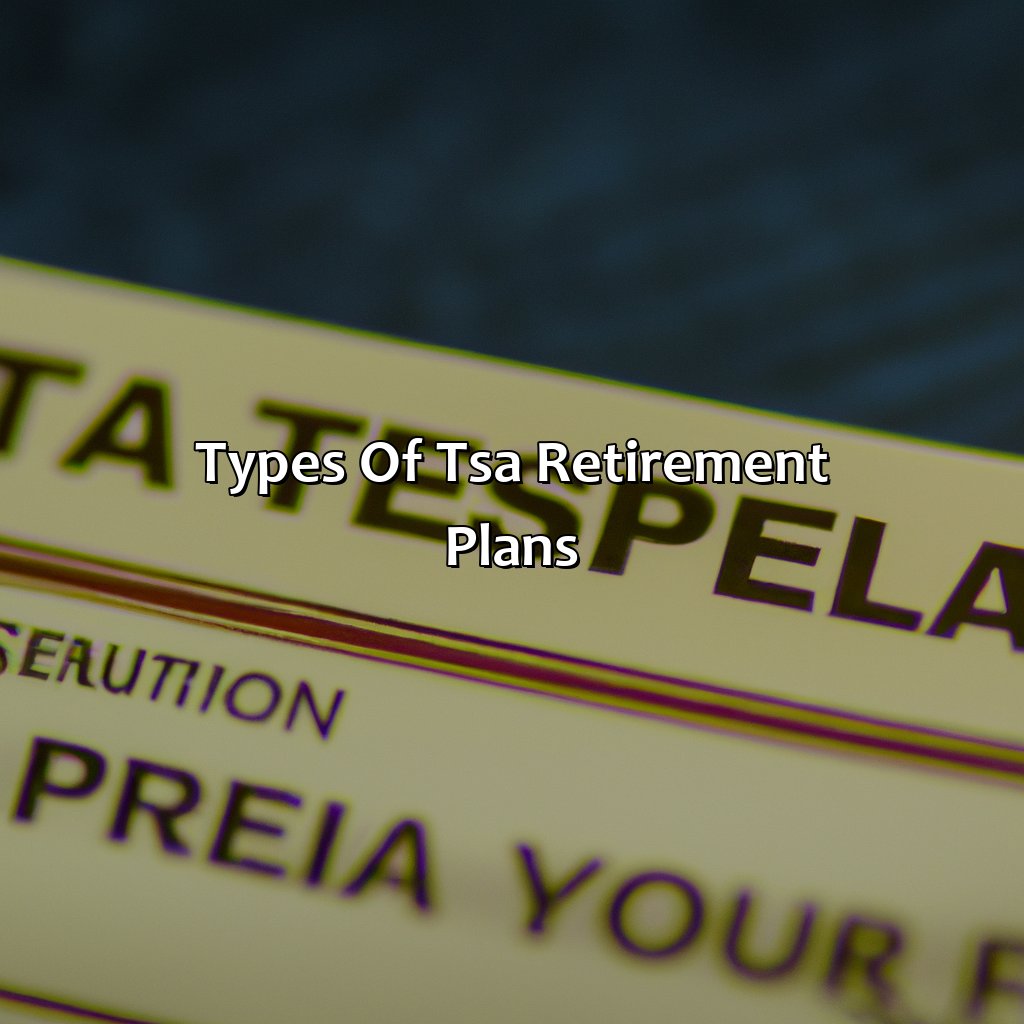
Image credits: retiregenz.com by David Washington
401(k) Plan
A tax-deferred savings plan for retirement, the ‘Retirement Savings Plan’ is also known as 401(k) Plan. It allows employees to contribute a portion of their salaries to grow over time until they withdraw it at retirement. Below are five points to consider while opting for this plan:
- Employee contributions are limited by annual IRS limits.
- Their employer may offer a match program where they contribute an equal amount or more to employee contribution.
- Employees can choose from several investment options with varying levels of risks and returns.
- Withdrawals before age 59 ½ face penalties and taxation while early withdrawals due to disability, death or hardship exemptions might be possible.
- The funds can be rolled over into another employer’s Retirement Savings Plan or IRA when employees switch jobs.
In addition to these points, keep in mind that part-time employees and those employed for less than one year might not be eligible for the Employer Match Program.
Stories circulate about how beneficial a 401(k) plan can be. One such story is of an everyday American who served at an electronics plant on Long Island and invested in his company’s 401(k) Plan. By the time he retired after three decades, he accumulated over $2 million in savings due to consistent contributions along with a matching program from the employer which was worth thousands each year! Why wait until retirement to start living your best life? The 403(b) plan lets you invest in yourself today, and make your future bank account jealous.
403(b) Plan
In terms of TSA retirement plans, this type of plan is referred to as a 403(b) plan. This plan allows employees of certain organizations, such as educational institutions or non-profit organizations, to save for retirement on a tax-deferred basis. Contributions are made pre-tax, and earnings grow tax-free until withdrawal during retirement.
Employees have control over their contributions, and some employers may offer matching contributions. Withdrawals can begin at age 59½ without penalty, although withdrawals before that age may result in penalties and taxes. It’s important for employees to regularly review their investment options and contribution amounts to ensure they are on track for a successful retirement.
One unique aspect of the 403(b) plan is that it allows for catch-up contributions for individuals who are over 50 years old. These catch-up contributions can allow individuals to contribute more than the standard limits in later years when they may have more disposable income.
To maximize benefits from this type of TSA retirement plan, employees should consider increasing their contributions as much as possible each year. Additionally, employees should take advantage of any employer matching contributions offered. Regularly reviewing investment options and possibly working with a financial advisor can also lead to greater success in reaching retirement savings goals.
Want to retire rich and famous? Well, with the 457 plan, at least you’ll have a shot at one of those.
457 Plan
A retirement plan available to employees of governmental and certain non-profit employers is the highly beneficial 457 plan. It allows participants to contribute pre-tax earnings toward a retirement account, with no mandatory distribution at age 72 as in traditional IRAs. The IRS also permits catch-up contributions for those over 50, while some plans allow for participant loans or withdrawals.
The 457 plan’s distinguishing feature is the absence of an early withdrawal penalty if an employee separates from service prior to age 59 and a half. However, withdrawals are subject to ordinary income taxes.
Through their employers’ 457 plans, countless municipal workers have taken advantage of the tax-advantaged growth and flexible access offered by these plans – without being charged exorbitant fees by providers.
Employees can select investment vehicles such as mutual funds, bonds securities or annuities in order to best achieve their unique retirement goals under the guidance of investment professionals.
One police department worker, Sarah Johnson shared that after starting her job late in life, she was thrilled to discover that her department’s special 457 plan allowed her to put much more away during teaching career windows than she ever thought possible – leading her toward a solid financial future.
Looking to cash out on your TSA retirement plan? Just remember, early bird gets the worm, but early withdrawal gets the penalty.
Withdrawals and Distributions
Managing your TSP retirement plan well? Crucial! Understand the Withdrawals and Distributions process. Get the most from your savings in your later years. In this section, ‘Withdrawals and Distributions’, there are sub-sections – Pre-Tax Contributions, Post-Tax Contributions, and Rollovers. Learn about different ways to withdraw funds and understand the implications of each method.
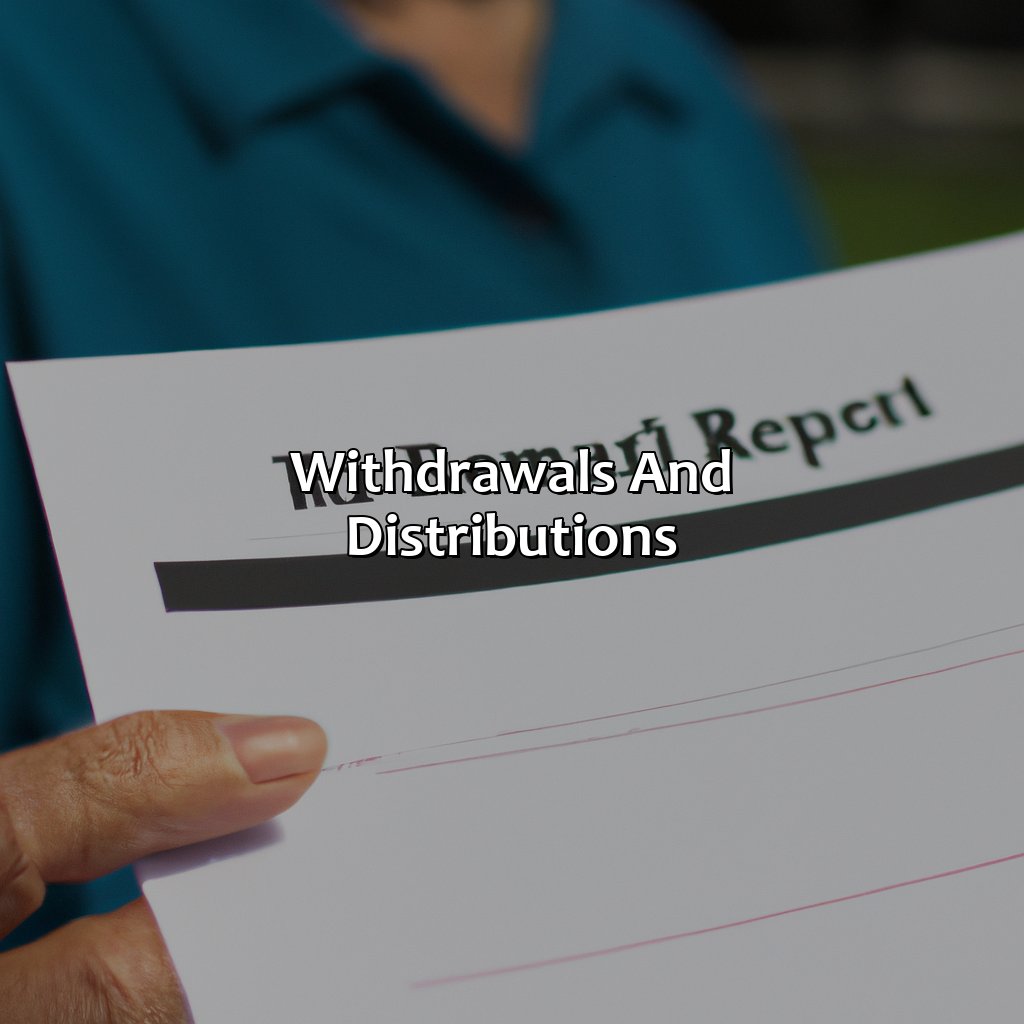
Image credits: retiregenz.com by James Woodhock
Pre-Tax Contributions
Contributions made before taxes are deducted from paychecks and deposited into a retirement account. These accounts are known as pre-tax contributions and are a common feature of many retirement plans. With pre-tax contributions, individuals can reduce their taxable income while saving for retirement. Additionally, these contributions grow tax-deferred until withdrawals are made in retirement.
One benefit of pre-tax contributions is that they lower an individual’s current taxable income, meaning they will typically pay less in taxes now. Instead, the money goes towards growing the retirement savings. Another benefit is that earnings on the investments within the account aren’t taxed until they are withdrawn.
It’s important to note that there may be limits on how much an individual can contribute pre-tax each year based on their age and income level. However, catch-up contributions may be available for those over 50 years old.
Pro Tip: Consider consulting with a financial advisor about whether making pre-tax contributions is the right choice for your personal financial situation and retirement goals.
Post-tax contributions: Because the government loves nothing more than making you pay taxes twice.
Post-Tax Contributions
Contributions made to a retirement plan after taxes are called non-deductible contributions. These are not taxed when withdrawn, and earnings on the contributions grow tax-deferred. Non-deductible contributions can also be rolled over tax-free into a Roth IRA.
When making post-tax contributions to your retirement account, it’s essential to keep accurate records. You must report all post-tax contributions made on IRS Form 8606 and retain this information for future reference, particularly at the time of distributions.
It’s worth noting that if you make post-tax contributions to a retirement plan, make sure you don’t accidentally withdraw them before they’ve had a chance to grow tax-deferred. Otherwise, you may end up paying additional taxes or penalties on the withdrawal.
Pro Tip: Consult with a financial advisor before making significant changes to your retirement plan contribution strategy and always consider your unique financial goals and priorities. Why roll the dice on your retirement when you can roll over your funds into a more secure account?
Rollovers
The following are important rules to keep in mind when making a rollover:
- One rollover per year: You can only make one rollover per year, which means that you cannot transfer funds between multiple accounts at once.
- 60-day Rule: To avoid taxes and penalties, the money must be transferred within 60 days of being withdrawn from the original account.
- Indirect Rollovers: You can either transfer the money directly from one account to another or deposit it into an individual account first before rolling it over into the new account.
To ensure a smooth rollover process, make sure that all transactions are properly documented and recorded. Failing to do so could result in unfavorable tax implications that could further reduce your retirement savings.
To minimize potential issues, consider seeking professional advice on managing your TSA retirement plan. A financial advisor can help you navigate through complex regulations and identify investment opportunities that work best for you. By having a well-informed strategy and proper documentation records, you can successfully transfer funds between accounts without triggering unnecessary taxes or penalties.
Five Facts About TSA Retirement Plan:
- ✅ TSA (Transportation Security Administration) Retirement Plan is a defined benefit plan that provides retirement and survivor benefits to eligible TSA employees. (Source: TSA.gov)
- ✅ TSA Retirement Plan is administered by the Federal Retirement Thrift Investment Board (FRTIB). (Source: FRTIB.gov)
- ✅ TSA employees are automatically enrolled in the Thrift Savings Plan (TSP), which is a key component of the TSA Retirement Plan. (Source: TSA.gov)
- ✅ TSA Retirement Plan offers three types of benefits: immediate retirement, early retirement, and deferred retirement. (Source: TSA.gov)
- ✅ TSA employees can use the Retirement Income Calculator on the TSA website to estimate their retirement benefits. (Source: TSA.gov)
FAQs about What Is A Tsa Retirement Plan?
What is a TSA Retirement Plan?
A TSA or a Tax-Sheltered Annuity plan is a retirement savings plan available to employees of non-profit organizations, educational institutions, and certain government entities. It is a type of defined contribution plan that allows employees to contribute a portion of their salary into the plan, reducing their taxable income and allowing the money to grow tax-deferred until retirement.
How does a TSA Retirement Plan work?
Employees elect to contribute a percentage of their salary to the TSA plan, and the employer may also contribute to the plan. The money is invested in one or more of the investment options offered by the plan, such as mutual funds or annuities. The money in the plan grows tax-free until the employee retires and begins taking distributions from the plan.
What are the benefits of a TSA Retirement Plan?
The main benefit of a TSA retirement plan is the opportunity for tax-deferred growth. Also, contributions may be made pre-tax which help to reduce the employee’s taxable income. Additionally, most plans allow employees to make catch-up contributions if they are over age 50 and haven’t been contributing the maximum amount allowed by the plan.
What are the contribution limits for a TSA Retirement Plan?
The contribution limits for a TSA plan are set by the IRS and can change year to year. For the year 2021, the maximum annual contribution limit is $19,500. If the employee is over age 50, they may make additional catch-up contributions up to $6,500.
What are the investment options for a TSA Retirement Plan?
The investment options vary depending on the plan sponsor. Common investment options include mutual funds, index funds, annuities, and target-date funds. The plan sponsor will provide a list of options and help the employees choose the appropriate investments for their financial goals and risk tolerance.
Can I take an early withdrawal from my TSA Retirement Plan?
Early withdrawals from TSA plans are subject to a 10% penalty in addition to income taxes. There are a few exceptions to this penalty, such as in the case of hardship, disability, or death. However, it is generally advisable to leave the money in the plan until retirement to maximize the tax-deferred growth potential.
